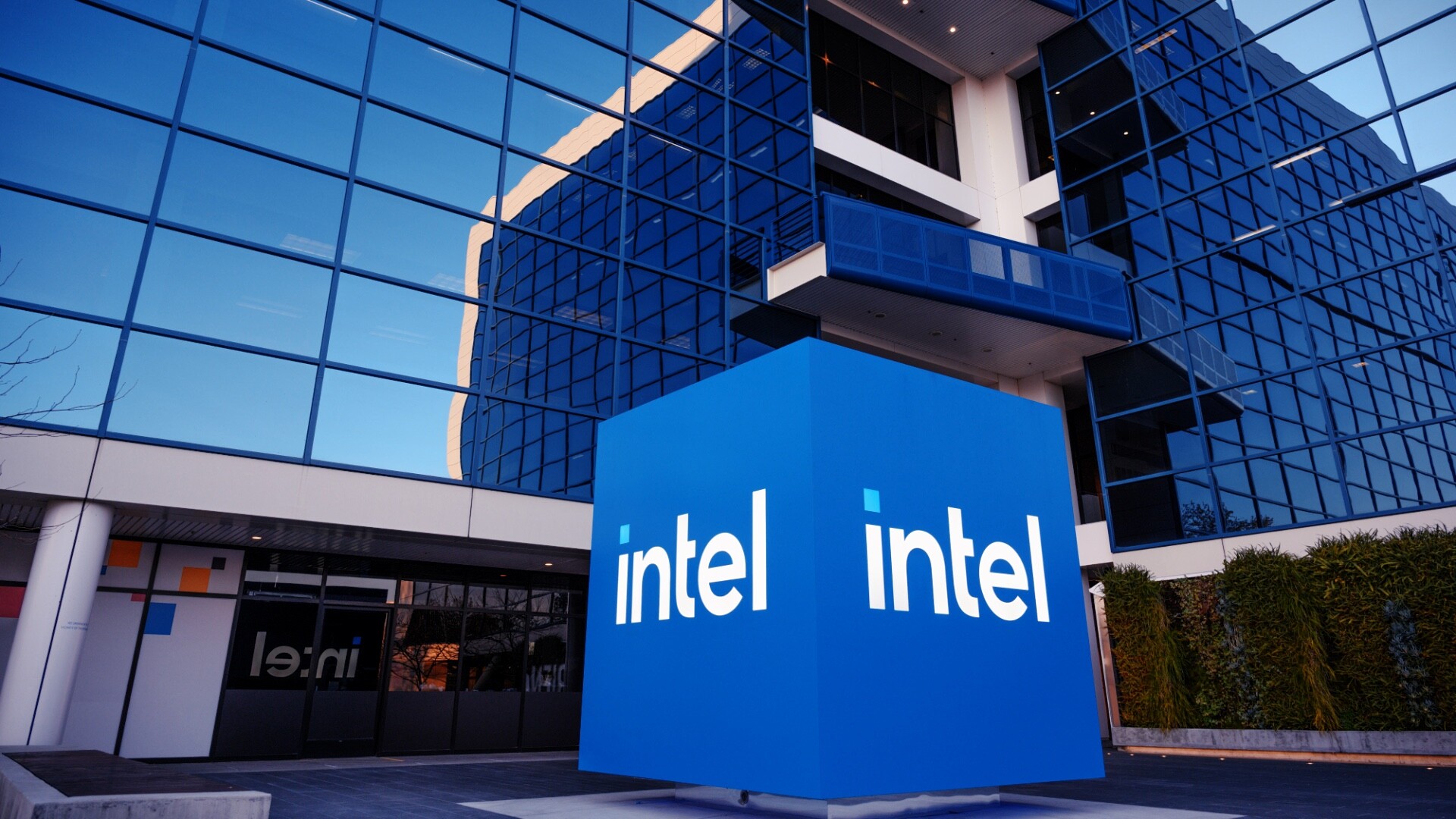Although the term machine learning emerged more than 60 years ago, it is only today that it is becoming a cornerstone of digital transformation. The history of this technology shows that revolutions do not always explode at the birth of an idea. Sometimes they need the right combination of data, computing power and business expectations.
From IBM to a vision of the future
The year 1962 was a symbolic moment: the IBM 7094 computer defeated the self-proclaimed checkers champion Robert Nealey. For IBM researcher Arthur Samuel, this was proof that machines could learn from experience – not just follow pre-programmed commands. At the time, however, it was difficult to talk about a breakthrough. Hardware was expensive and slow, and access to data was limited. Machine learning remained the domain of academic experimentation.
Three catalysts for success
It is only in the last decade that ML has started to penetrate everyday life and business. Three factors were decisive:
- Data explosion. The internet, smartphones, social media and IoT provided billions of points of information. Models finally had ‘fuel’ for learning.
- New computing power. Developments in GPUs and cloud computing have enabled models to be trained on an unprecedented scale.
- Business pressure. Companies were looking for automation and personalisation of services – exactly what ML can do best.
Without these catalysts, machine learning would remain a laboratory curiosity.
Where ML already works
For end users, ML has become an invisible part of everyday life – from movie recommendations on Netflix to shopping suggestions in e-commerce. In business, the most important applications are:
- Personalisation of services. Algorithms analyse customer behaviour and tailor offers in real time.
- Forecasting and automation. Banks assess credit risk, transport companies forecast delays and production lines plan machine maintenance.
- Cyber Security. ML helps to detect anomalies and respond to new types of threats faster than classic rule-based systems.
- Customer service. Chatbots and IVR systems learn to drive conversations, taking some of the burden off the call centre.
The cloud democratises machine learning
Only a few years ago, building ML models required specialised teams and infrastructure. Today, access to off-the-shelf cloud platforms – Google Cloud AI, AWS ML or Azure Machine Learning – allows even medium-sized companies to implement projects.
It is no longer just about computing power. The cloud provides the tools to prepare data, train models and monitor them in production. IT integrators and resellers can offer ML as part of wider digital transformation projects – without having to build algorithms from scratch.
Shadows of success
With the popularisation of ML, concerns are also growing. Key risks include:
- Black box. Models can be extremely effective, but it is often difficult to explain why they made a particular decision. In business and regulation, this is a major challenge.
- Data bias. Algorithms learn from historical information, which itself can be full of biases. As a result, ML decisions can lead to unfair results.
- Hype versus reality. Expectations of ML can sometimes be exaggerated. Not every process can be automated, and without good data quality even the best models prove useless.
Companies that invest indiscriminately in ML often encounter disappointment – which becomes a source of growing scepticism among managers.
What next?
Machine learning today stands at the intersection of three trends. Firstly, deep learning is making it possible to solve increasingly complex problems – from autonomous driving to generative AI. Secondly, there is growing regulatory pressure – the AI Act is coming into force in Europe, which imposes requirements for transparency and auditability of algorithms. Thirdly, there is an opportunity for the AI channel: integrators and consultancies that don’t have to create their own algorithms, but deploy off-the-shelf platforms, customise them and teach businesses how to work with data.
From niche to foundation of the digital economy
Machine learning has moved from a game of checkers to real-world applications that are shaping the digital economy. Today, it is no longer a question of whether a company will implement ML, but how it will do so – and whether it will be able to understand the consequences of decisions made by algorithms.
In this sense, the story of ML is the story of the technology’s maturation: from a concept that waited decades for its moment to a tool that is redefining the way business works. And this is only the beginning – because the next few years will show whether it can combine the potential of machine learning with the transparency and accountability that customers and regulators expect.












